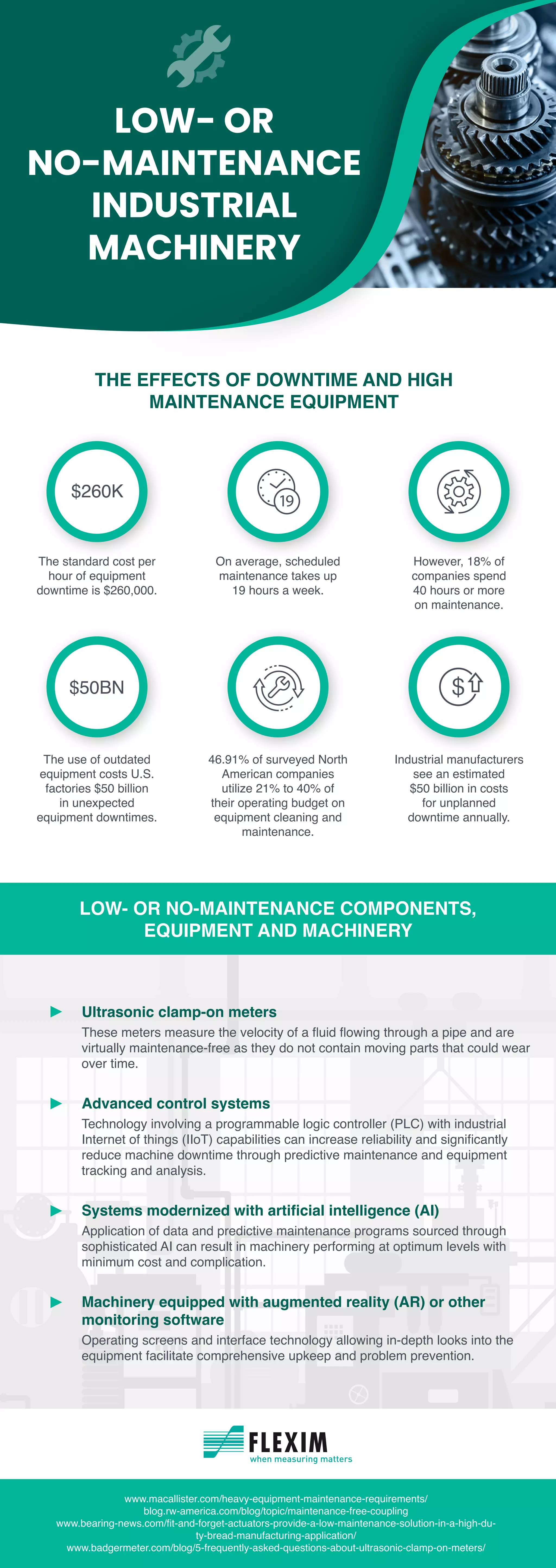In the complex tapestry of the oil and gas industry, innovation is rampant, driving a billion-dollar juggernaut that propels the global economy forward. Our daily lives are intricately linked to this industry, from the fuel powering vehicles to an array of products derived from its processes. Maintenance emerges as the crucial thread that ensures optimal efficiency in the face of extreme conditions, where equipment in oil procurement, transportation, and refining must endure temperatures soaring up to 500 degrees Fahrenheit.
Facing these challenges head-on, operators deploy various maintenance strategies. Preventive maintenance (PM) involves systematic scheduling based on usage or elapsed time, proactively addressing potential issues to prevent unplanned downtime. However, the reliance on manufacturer guidelines poses a risk of under- or over-maintenance without proper consideration of contextual factors. The alternative, predictive maintenance, represents an evolved approach that enhances operational efficiency through condition-monitoring tools and cutting-edge techniques, allowing for meticulous monitoring, analysis, and the prediction of an asset’s failure point.
As technology advances, oil and gas companies lead the way in refining maintenance strategies, emphasizing operational efficiency while prioritizing worker safety and environmental protection. For more information surrounding this pursuit of improvement, including a detailed exploration of equipment maintenance innovations, continue reading on through the infographic supported alongside this post.
The Importance Of Equipment Reliability In The Oil & Gas Industry, provided by Smartcorr Systems, an industry leading chemical injection skid manufacturer






